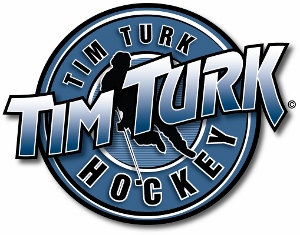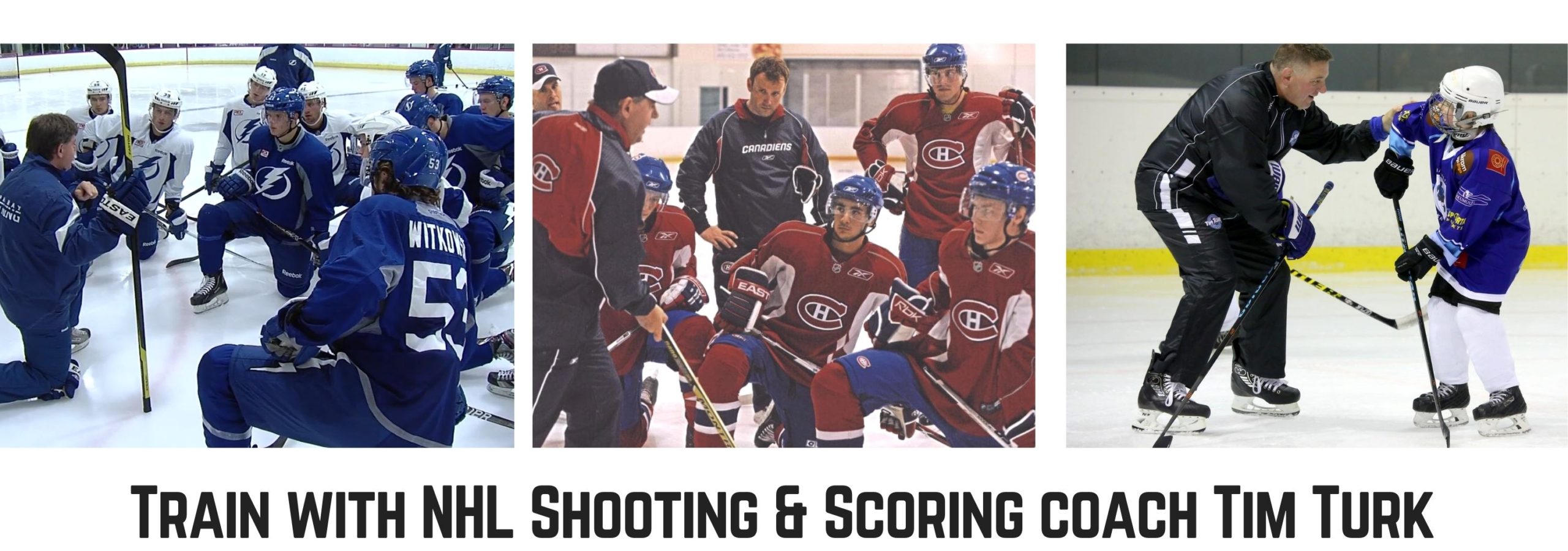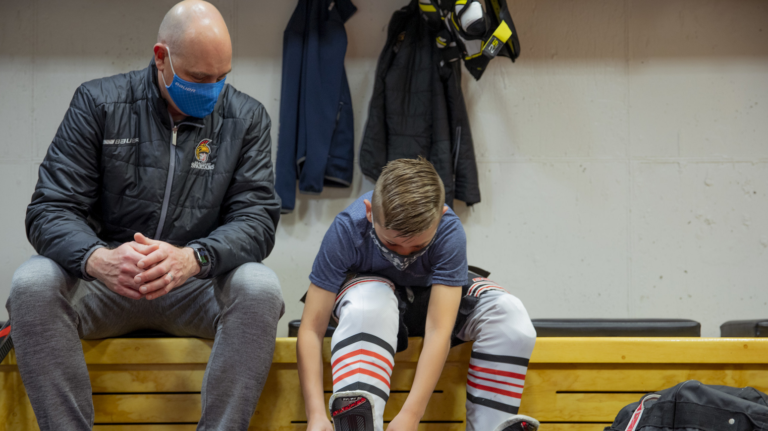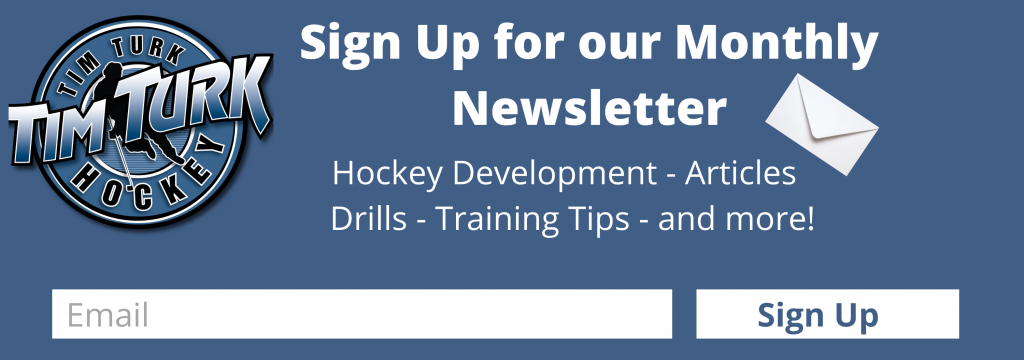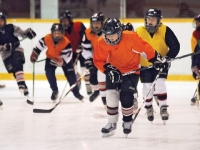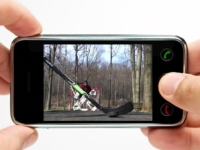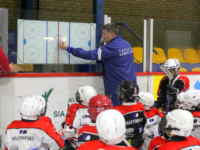Every year as the dog days of summer fade and the leaves begin to turn colors, the excitement over the upcoming hockey seasons begins to intensify. Whether it is for the NHL season which usually begins in October or minor hockey seasons which generally begin in September, the anticipation of hitting the ice brings a swell of pride to Canadians across the country.
This year, things are a little different. The COVID-19 pandemic has brought our entire world to a near standstill at one point or another, and unfortunately, the sports world was one of the hardest hit. Professional sports were halted, essentially from March to July and for the first time in recent memory and one of the first times in history, the Stanley Cup was awarded in September, often the month when training camps are starting to get under way. The future of a new normal has never been as uncertain as it is now, and at this point it is difficult to surmise when hockey or anything for that matter, will ever be the same again.
Minor Hockey
Minor hockey organizations across Canada have been scrambling to try and create a season for children that incorporates the same values of competition, sportsmanship, and exercise, while at the same time maintaining safety protocols inside the rink. Not an easy balance to say the least.
Our local associations are bound by City by-laws in regards to facility usage and social distancing numbers. Some dressing rooms and showers are off-limits to players right now, forcing players to come into the rink already dressed in their equipment, minus skates. Masks must be worn until you get on the ice. Water bottles must be properly labelled for each specific player, and they are even encouraged to bring their own personal hygiene kit to the bench with them. It’s no surprise that many parents are re-considering if all of this is worth keeping their children enrolled.
The standard rules about illness apply and if a child begins to show symptoms of being sick, parents are called into the rink to take them home. That’s right, for the most part, parents are not allowed to watch or remain inside of the ice rink during a practice or a game. Parents and guardians are instructed to stay on the arena’s property but for now in most cases are not allowed to enter the actual rink, unless to help tie skates then leave.
Games
Currently, there are not any games scheduled either until the leagues can coordinate a safe way to do so. While there are limitations on number of individuals allowed on the ice at any time, social distancing on the bench becomes an issue with so little space and so many bodies. Let us not forget the coaches, referees, and score keepers who are also in the vicinity of players and are essential to ensuring these games run smoothly. Instead, any players enrolled will be focusing on training and skill development instead of playing in actual competitive games. This of course makes it easier to enforce social distancing and limits the contact between players on the ice.
With all of these changes and no real guarantee that any games will be played this season, one would assume that overall enrollment numbers would be down this year. Actually, in many Provinces across Canada, the enrollment has increased, most likely to get children who have been trapped indoors all summer into some activities. We must remember that as much as hockey is good exercise for our children, it is also a social necessity that allows them to make friendships and bonds that may last a lifetime. Something we have all needed during the past few months of this quarantine.
Training
During this time with games up in the air, parents have been focusing on private training and small group clinics for their players.
Some coaches have been getting creative with their training as well, incorporating video and virtual training via programs like Zoom or Facetime, in order to maintain distance while keeping players engaged in the sport. Coaches have also taken to the outdoors for dry-land training that may have not been as large a focus in minor hockey previous to the pandemic. With limited space on the ice and the added difficulty of keeping young children apart from each other, coaches and trainers certainly have their hands full.
Other rule changes that have been implemented to combat the transfer of germs or bodily fluids include the elimination of faceoffs altogether. The close proximity of the two players who lean in on a faceoff has been deemed to be too close in terms of water droplets and vapours from their breathing. Instead, if a goal is scored, the other team simply starts with the puck at their own end of the ice akin to street hockey rules. Any contact between players is also strictly forbidden as the potential transfer of bodily fluids is just too risky to allow. Not too many minor hockey leagues allow contact anyways but there is just more of an emphasis now on giving other players space which of course, changes the game dramatically.
Moving Ahead
It is anybody’s guess as to how long these new rules will be in place. The NHL has yet to announce a start date to the 2020-2021 season, but December 1st has been floating around as a potential starting point. Other unknowns include whether or not the bubble system will return, and of course the question most of us are wondering is if fans will be allowed back in the seats. Minor hockey associations have their own issues to deal with, mainly keeping everyone involved as healthy as possible while still teaching children the values of the game that has become so ingrained in our national fabric.
As we move further into this pandemic, it can be easy to get excited over the return of organized sports more or less around the world. But then something like the most recent announcement that the game’s biggest star Connor McDavid has tested positive for COVID-19 and we all suddenly remember how fragile the world still is. As hockey attempts to slowly start back up, we must remember that the safety and health of our children is the most important thing to keep in mind moving forward.
